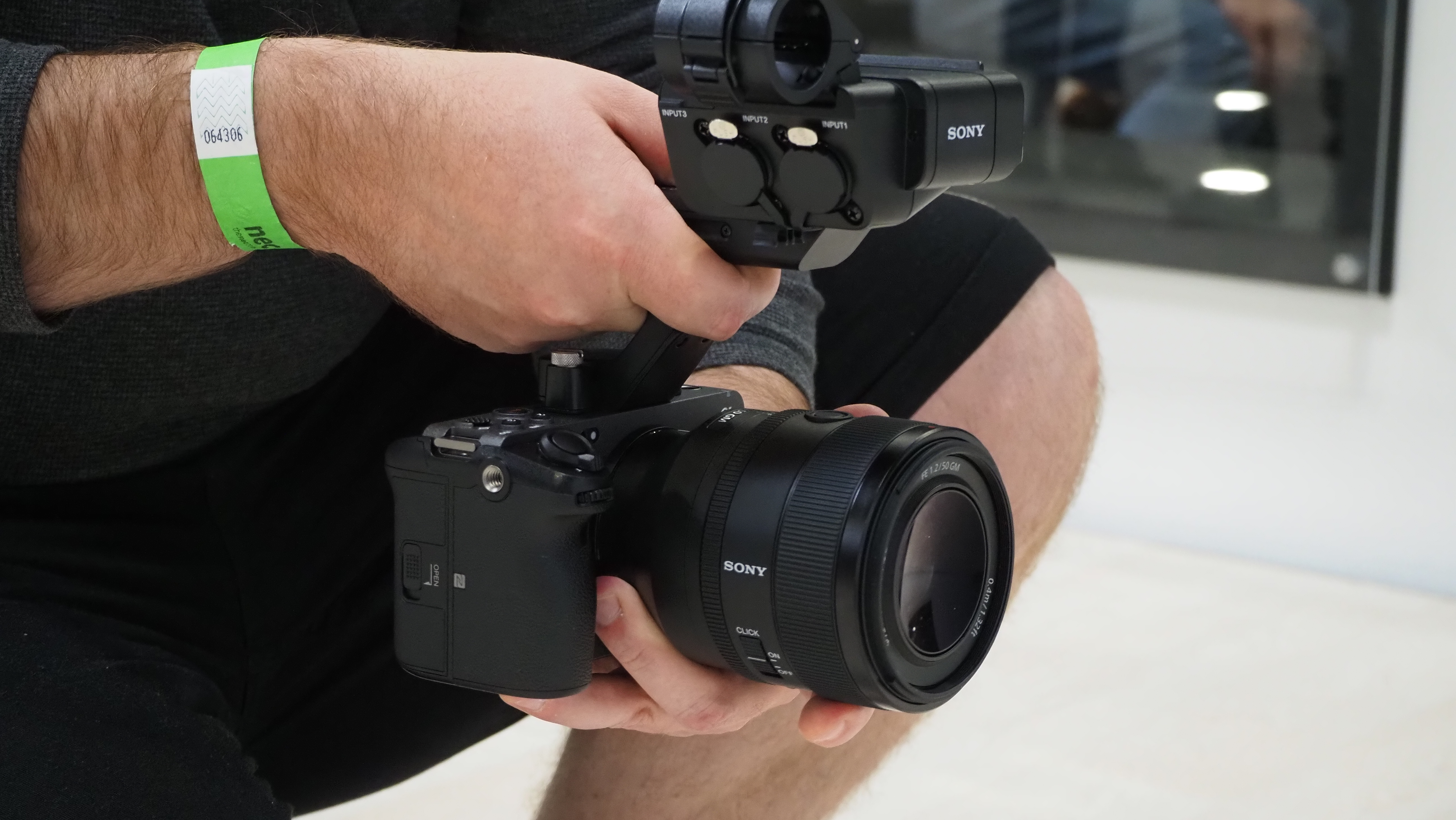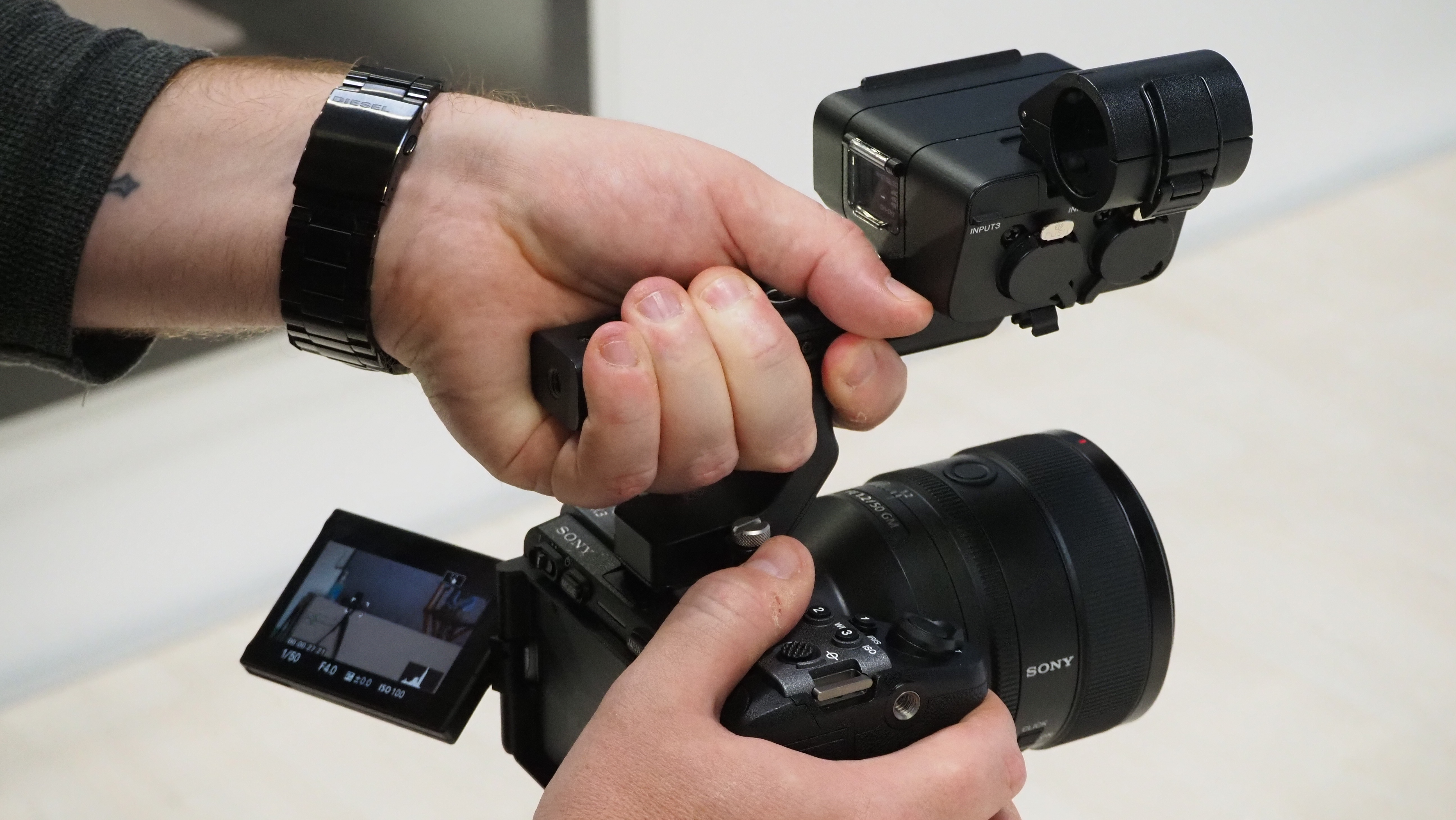Apparently, IMAX doesn't always mean IMAX as Sony FX3 is used for The Creator
Sony FX3 "approved" for Imax experience with the new film The Creator

As The Oppenheimer Effect has well and truly taken hold of cinema-goers wanting an actual movie experience of 70mm film questions have started to emerge about what is Imax? and how prosumer cameras can be used to give an Imax experience.
A big question mark has come over the Imax experience as the new Hollywood blockbuster The Creator has been entirely shot on the Sony FX3 but it's being shown on Imax screens as lead cinematographer Oren Sofer opted to shoot the film in the classic 2.76:1 ultra-wide aspect ratio and offer an IMAX ratio as well.
While the Sony FX3 is one of our best-Netflix-approved cameras and has been used to shoot many Netflix documentaries what makes it good for Imax?
Well, in 2020 Imax launched a new "filmed in Imax" programme that teamed up with the likes of Sony to produce films for The Imax Experience. The Sony FX3 belongs to Sony’s acclaimed Cinema Line, together with the pro-grade Venice cameras. However, as far as I'm aware the FX3 is not an IMAX-certified camera, yet here it is being shown on digital Imax experience theaters.
While this can be a great thing for those keen filmmakers looking at the Sony FX3 as their new best cinema camera it does beg the question, what really makes cameras Imax-Certified, back in 2020 it defined that Imax would tell cinematographers which cameras were the best for Imax - much like Netflix do with the company's certified list.
But on inspecting the Imax 2020 document the only mention to Sony certified products is the Venice series... While this could have changed it still makes me scratch my head that a prosumer camera is now considered "Imax quality" but Sony encourages pro filmmakers to use the Venice... you can see where I am going with this can't you?

It certainly makes for an interesting discussion and honestly, while the Sony FX3 is a brilliant camera for producing client work or documentaries, I'm not convinced that it should be classed for an Imax Experience, after all the other cameras on the Imax list run upwards of $58,000 - not $4,000. As you can imagine you pay for what you get, and I just can't see it being on-par with an Arri Mini LF camera - but that's just my opinion.
Get the Digital Camera World Newsletter
The best camera deals, reviews, product advice, and unmissable photography news, direct to your inbox!

For nearly two decades Sebastian's work has been published internationally. Originally specializing in Equestrianism, his visuals have been used by the leading names in the equestrian industry such as The Fédération Equestre Internationale (FEI), The Jockey Club, Horse & Hound, and many more for various advertising campaigns, books, and pre/post-event highlights.
He is a Fellow of the Royal Society of Arts, holds a Foundation Degree in Equitation Science, and holds a Master of Arts in Publishing. He is a member of Nikon NPS and has been a Nikon user since his film days using a Nikon F5. He saw the digital transition with Nikon's D series cameras and is still, to this day, the youngest member to be elected into BEWA, the British Equestrian Writers' Association.
He is familiar with and shows great interest in 35mm, medium, and large-format photography, using products by Leica, Phase One, Hasselblad, Alpa, and Sinar. Sebastian has also used many cinema cameras from Sony, RED, ARRI, and everything in between. He now spends his spare time using his trusted Leica M-E or Leica M2, shooting Street/Documentary photography as he sees it, usually in Black and White.

